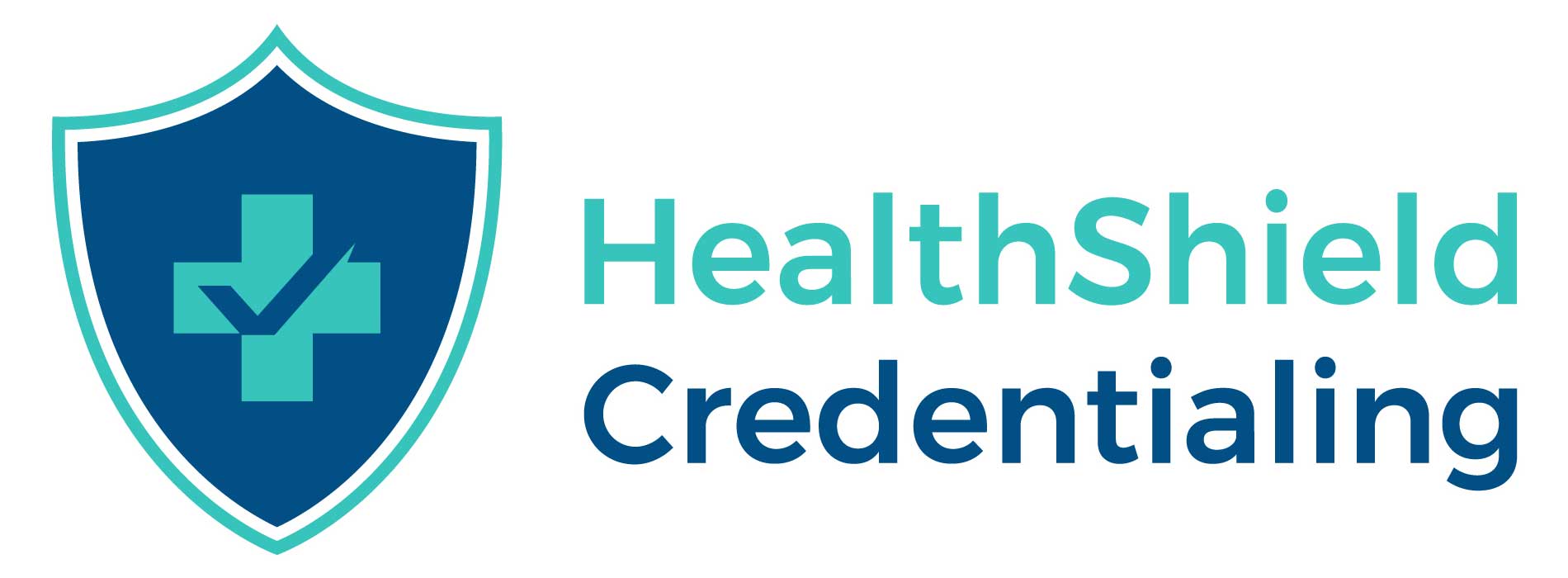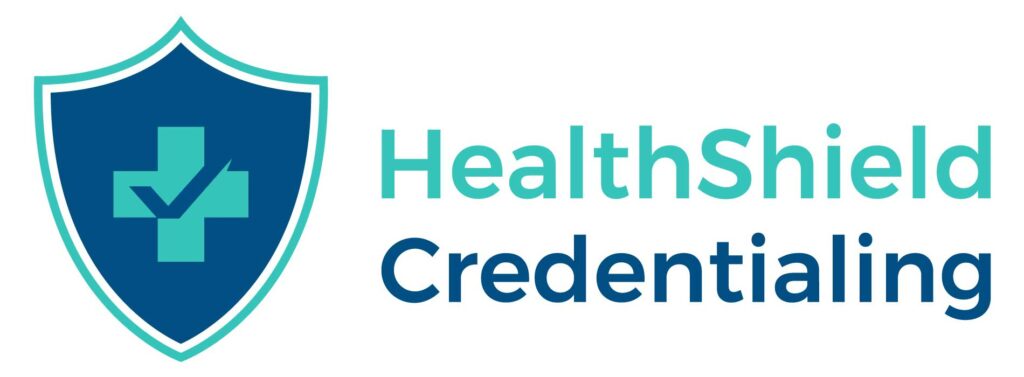A W-2 form, also known as the Wage and Tax Statement, is issued by an employer to an employee. It is used to report the employee’s wages, tips, and other compensation, as well as the taxes withheld from their paycheck. Professionals who are classified as employees of a hospital or healthcare facility will receive a W-2 form from their employer.
On the other hand, a 1099 form, specifically Form 1099-MISC, is used to report income received by individuals who are not employees but rather independent contractors or self-employed individuals. Professionals who work on a contract basis or provide services independently will typically receive a 1099 form from the entity or entities they have provided services to.
Receiving a W-2
When a provider receives a W-2 form, it means that they are considered an employee of the hospital or healthcare facility where they work. The employer is responsible for withholding federal income tax, Social Security tax, and Medicare tax from the employee’s wages. These taxes are then reported on the W-2 form along with the total wages earned by the employee during the year.
In addition to reporting wages and taxes withheld, the W-2 form also includes other important information such as the employer’s identification number (EIN), the employee’s Social Security number (SSN), and details about any retirement plan contributions or other benefits provided by the employer.
Receiving a 1099
When a provider receives a 1099 form, it means that they are considered an independent contractor or self-employed. As such, they are responsible for paying their own taxes, including federal income tax, Social Security tax, and Medicare tax. The entity or entities that have engaged the provider’s services will report the total amount paid to them on the 1099 form.
Unlike a W-2 form, a 1099 form does not include any taxes withheld or employer contributions. It is solely used to report the income received by the provider as an independent contractor. It is important for professionals who receive a 1099 form to keep track of their income and expenses throughout the year in order to accurately report their earnings and deductions when filing their taxes.
Determining Employment Status
The determination of whether a provider is classified as an employee or an independent contractor depends on several factors, including the level of control exercised by the employer over the provider’s work, the degree of independence in performing the job, and the presence of a written contract between the parties.
It is worth noting that misclassifying employees as independent contractors can have legal and financial consequences for employers. The Internal Revenue Service (IRS) has specific guidelines and criteria to determine whether an individual should be classified as an employee or an independent contractor. Employers who misclassify employees may be subject to penalties and fines.
When comparing W2 and 1099 offers, there are several factors to consider. Both types of employment arrangements have their own advantages and disadvantages, so it is important to carefully evaluate each offer based on your individual circumstances and preferences.
W2 Employment | 1099 Independent Contractor |
A W2 employment arrangement refers to being hired as an employee by a healthcare facility or organization. In this case, the employer is responsible for withholding taxes from your paycheck, providing benefits, and offering certain protections under labor laws. Here are some key points to consider when comparing W2 offers: 4. Legal Protections: As an employee, you are entitled to certain legal protections under labor laws, including workers’ compensation coverage in case of work-related injuries or illnesses. 5. Limited Flexibility: W2 employment generally offers less flexibility in terms of setting your own schedule or choosing assignments. You may be required to work specific shifts or adhere to a predetermined schedule set by the employer. | A 1099 independent contractor arrangement involves working as a self-employed individual or through a staffing agency. In this case, you are responsible for paying your own taxes and do not receive benefits from the employer. Here are some factors to consider when comparing 1099 offers: 1. Higher Earning Potential: Independent contractors often have the potential to earn higher hourly rates compared to W2 employees. This is because they are responsible for covering their own taxes, benefits, and other business expenses. 2. Flexibility and Autonomy: As a 1099 contractor, you have more control over your schedule and assignments. You can negotiate contracts, choose which facilities or organizations to work with, and have the freedom to take on additional work outside of your primary contract. |
Main Takeaway
When comparing W2 and 1099 offers as a professional, it is crucial to carefully evaluate the specific terms and conditions of each offer. Consider factors such as compensation, benefits, job security, flexibility, tax implications, and personal preferences before making a decision. You will need to compute the value of your current benefits as a W2 and then break that down into an hourly rate to see if the 1099 position is equivalent or better. This process takes some work, but this will be the real determinant as to whether this move makes financial sense.
About The Author: CRNA Financial Planning
Consider working with a professional who understands the unique elements of CRNA businesses. Furthermore, to keep your business and personal finances organized and streamlined, it can be beneficial to integrate your tax planning with your financial planning. With decades of experience working exclusively with CRNAs, CRNA Financial Planning® can help. Call them at 855.304.3748 or email [email protected] for more information.







